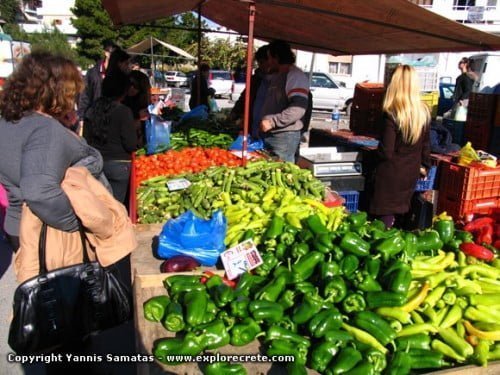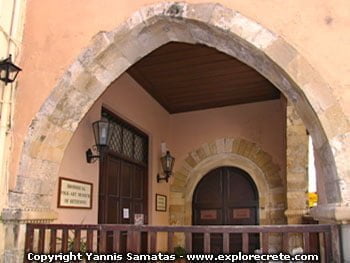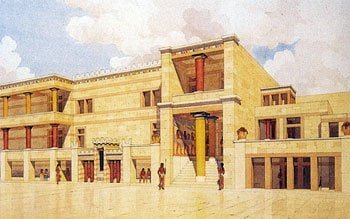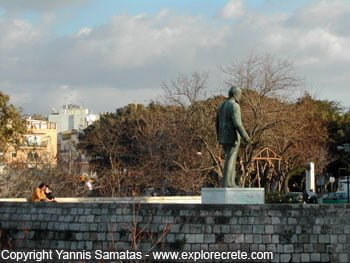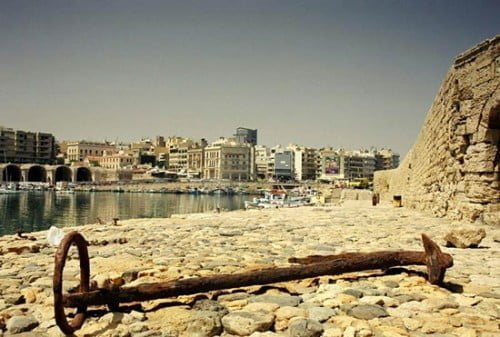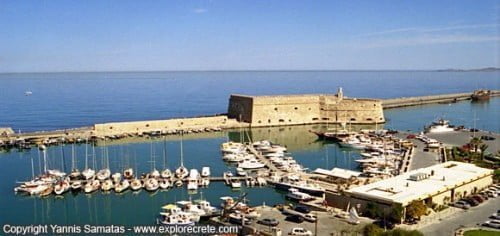Heraklion Archaeological Museum
The Archaeological Museum of Heraklion
The Heraklion Archaeological Museum, regarded as one of the most important museums in Europe, is located in the center of Heraklion city. During the Venetian occupation period the Catholic Monastery of Saint Francisco used to be in the same place. Until it’s destruction in the earthquake of 1856, it had been one of the richest and most important monasteries in Crete and had contained great Byzantine frescos.
The construction of the Heraklion Archaeological Museum started in the beginning of the 20th century and was completed by 1940.
Exhibits in the Heraklion Archaeological Museum
On the ground floor of the museum there are 13 rooms open to the public while on the 1st floor fragments of the original frescos from the Minoan Palace of Knossos are exhibited. All exhibits in the Heraklion Museum come exclusively from archaeological sites in Crete. The exhibits of the museum are arranged chronologically.
As soon as the visitors start their tour in the Heraklion Museum they can see the evolution of pottery from the Neolithic period (5000-2500 BC) until the Post-Palace Period (1400- 1100 BC).
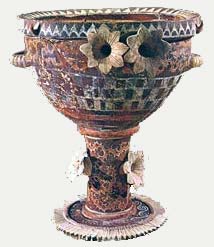
Worth admiring are the famous Kamares vessels (2000- 1700 BC). They were named after Kamares town, as they were found in a cave close by.
Vibrant, magnificent colors and representations of Nature characterize the vessels.
Some of them are known as “egg-shelled” because of the thinness of their walls and they may be easily compared to modern porcelain teacups.
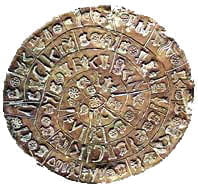
A unique exhibit of the Heraklion Archaeological Museum is the clay disc of Phaistos with hieroglyphics and ideograms inscribed on it.
The inscriptions on the disc run in a spiral from the edge to the center of it. The script has not yet been deciphered.
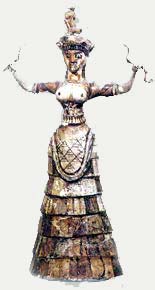
Particularly impressive are the figurines of the Minoan Goddesses. These are the famous “Goddesses of the Snakes“, because of the snakes they hold.
Their dresses offer us valuable clues about the fashion of dress of minoan women.

Other great attractions of the Heraklion Archaeological Museum are the golden jewels found in Minoan burial sites, the mirrors with the ivory handles, the eyebrow hairpins, the ivory hair combs and the swords with golden handles.
The famous “Bees” jewel decorates one of the Museum’s cases and it is a wonderful representation of two bees carrying a drop of honey to the honeycomb.
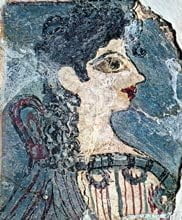
Finally, the frescos in the upper floor show in the best way Minoan’s love for nature and the joy of life.
The subjects of the frescos are taken from everyday life or, more often, from nature. Their colors still remain vibrant and indelible.
Other important exhibits
Other excellent examples of plastic art are the Bull’s Head made of steatite and the ivory “Bull Leaper”.
Double axes are to be found throughout the Heraklion Museum’s rooms; the double axe used to be a holy symbol of the Minoan civilization.
The Sarcophagi on display are mostly made from clay; their elegance, size and simplicity alone make them worthy of admiration.
* Article by Helena Kontoyiorgaki – All Rights Reserved
© explorecrete.com All Rights Reserved. Reproduction or copying without permission is prohibited.

